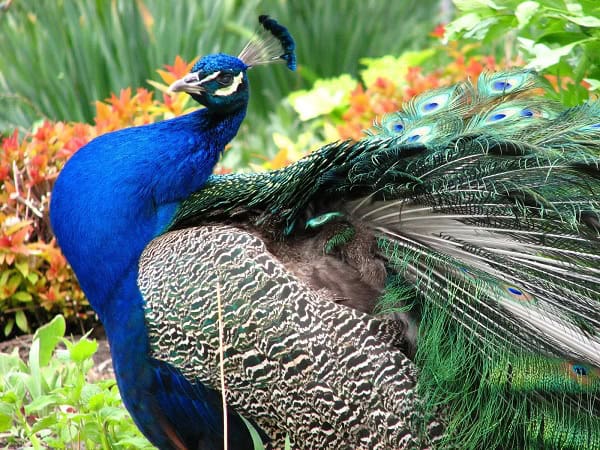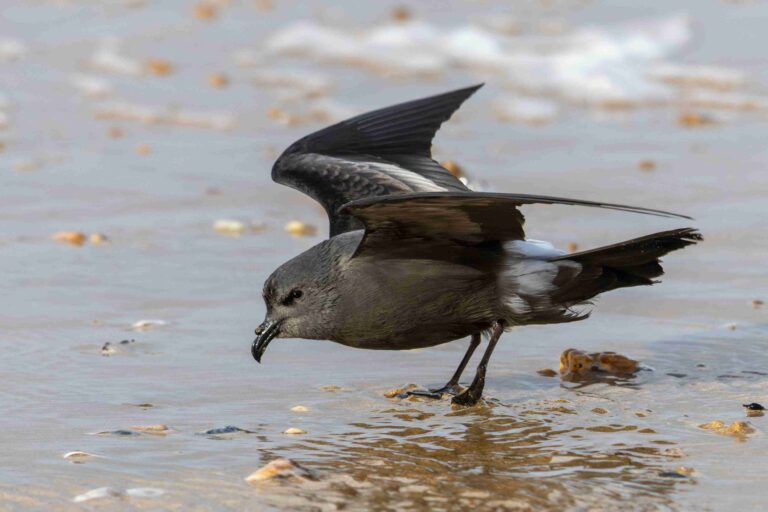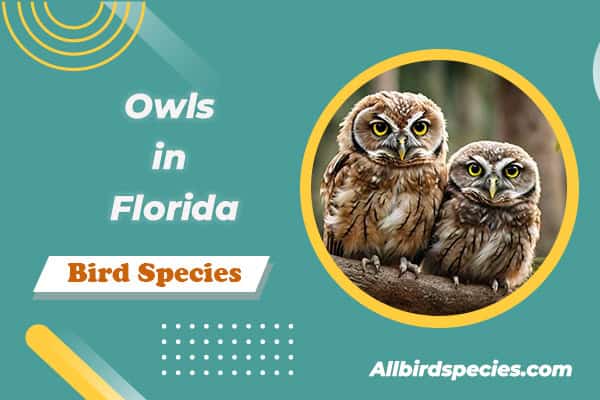WHY DO PEACOCKS SPREAD THEIR FEATHERS?
Did you know that peacocks can spread their feathers in a magnificent display that spans an astonishing 60 inches in diameter? Their flamboyant spectacle is not just for show—it serves a specific purpose in the intricate dance of courtship.
Main points to note:
- Peacocks spread their tall feathers to attract a mate.
- Their tail feathers are crucial in courtship.
- The colorful plumage and distinctive features of peacock feathers help them mate successfully.
- Sound and rattling also help attract potential mates.
- The science behind peacock feather colors is intriguing.
Importance of Plumage in Peacock Courtship
When it comes to courtship, the plumage of male peafowl plays a vital role in attracting a mate. Their vibrant colors and intricate patterns are nature’s way of captivating the attention of potential partners.
The flamboyant display of plumage serves as a visual spectacle during courtship rituals. Male peafowl, also known as peacocks, spread their feathers with pride and confidence, showcasing their exquisite plumage to impress and allure female peafowl.
Through the incredible assortment of colors and patterns, peacock plumage becomes a powerful tool in attracting a mate. The vivid hues and bold designs convey vitality, health, and genetic superiority, instilling a sense of desirability in the eyes of female peafowl.
“The stunning plumage of male peafowl is an enchanting sight, showcasing the mesmerizing beauty of nature’s creation.”
During courtship, male peacocks spread their feathers in a fan-like display, creating a mesmerizing visual spectacle. This elaborate exhibition of plumage creates a sense of grandeur and captures the attention of female peafowl, giving males an opportunity to stand out from the crowd and assert their dominance in the mating hierarchy.
Male peafowl take immense pride in their plumage, ensuring it is in pristine condition. They spend significant time preening their feathers and meticulously maintaining their appearance to enhance their chances of attracting a mate.
To highlight the importance of plumage in courtship, let’s take a closer look at the male peafowl. With their vibrant and eye-catching feathers, they become the epitome of elegance and beauty in the avian world. The unique combination of contrasting colors, such as iridescent blues, greens, and striking eye spots, creates a visual spectacle that is hard to ignore.
The feathers of the male peafowl are not just a stunning display of colors; they are also an indication of good health and genetic fitness. The vibrancy of their plumage signals their ability to withstand environmental pressures, parasites, and diseases, making them an ideal partner for reproduction.

Male Peafowl: Masters of Plumage
Male peafowl, with their resplendent plumage, have mastered the art of attracting a mate through visual cues. Their flamboyant display of feathers symbolizes their fitness as a potential partner, promising a strong lineage for the female peafowl.
By using their plumage to their advantage, male peafowl are both artists and performers in the game of courtship. They meticulously position themselves to showcase their tail feathers, spreading them wide to create a captivating visual spectacle that is sure to stun their audience.
The vibrant colors, intricate patterns, and ornate eye spots on their feathers leave a lasting impression on female peafowl, making them unable to resist the allure and charm of the male peacock.
| Key Points |
|---|
| 1. Plumage plays a vital role in peacock courtship. |
| 2. Vibrant colors and patterns attract potential mates. |
| 3. Male peacocks spread their feathers to showcase their plumage. |
| 4. Plumage is an indication of genetic fitness and health. |
| 5. The art of plumage display helps males stand out. |
Understanding the Peacock Train and Its Role
The peacock train is a remarkable feature of the male peafowl, characterized by long and iridescent feathers that cascade behind them in an extravagant display. This visually stunning train plays a crucial role in influencing a peacock’s courtship success and attracting potential mates.
When a male peacock spreads its feathers, it creates a breathtaking spectacle that captivates onlookers. The iridescent colors and intricate patterns of the train are not only pleasing to the eye but also serve as a visual signal of the male’s quality and genetic fitness. By showcasing a magnificent train, a peacock demonstrates his ability to thrive and survive despite the handicap posed by such extravagant plumage.
“The peacock spreads its feathers in a brilliant fan-like pattern, mesmerizing both peers and potential mates.”
During courtship, male peafowl engage in elaborate displays to catch the attention of nearby females. The spreading of the peacock’s feathers is a central component of these displays, drawing in female peafowl with their vibrant colors and shimmering reflection. The peacock train is thus an indicator of the male’s reproductive prowess and the abundance of valuable resources he can offer to a potential mate.
The Influence of the Peacock’s Tail
The tail feathers of the male peafowl hold significant influence over the courtship process. Research has shown that females are more likely to select mates with longer and more symmetrical tail feathers, as these characteristics are indicative of genetic fitness and overall health. The sweeping display of the peacock’s train allows females to assess these traits, making it a vital factor in their mate choice.
Furthermore, the train also serves as a physical barrier between the peacock and potential threats, providing a layer of protection during courtship rituals. The elaborate display not only helps in attracting mates but also acts as a deterrent against predators, signaling the male’s strength and ability to defend himself and his future offspring.
The peacock train is a mesmerizing example of nature’s ingenuity, showcasing the artistry and complexity of courtship rituals. By spreading its feathers, a male peafowl not only displays its physical prowess but also communicates its genetic fitness and ability to provide for a potential mate and their offspring.
The Significance of Ocellus and Mating Success
When it comes to attracting a mate, peacocks have evolved a remarkable strategy. Among their striking array of feathers, one particular feature stands out: the ocellus. The ocellus is an elaborate eyespot found on the peacock’s tail feather. Its vibrant display serves a crucial role in the peacock’s ability to attract a mate and increase their mating success.
The ocellus is a mesmerizing sight, consisting of a dark center surrounded by concentric rings of vibrant color. It draws attention by creating a striking contrast against the peacock’s iridescent plumage. This eyespot is not just visually appealing; it also serves as a signal of the peacock’s genetic quality and overall fitness.
During the mating season, male peacocks fan out their feathers, displaying the ocellus in all its glory. This flamboyant display not only catches the eye of potential mates but also serves as an indicator of the peacock’s genetic superiority. Mating partners are subconsciously drawn to the peacock with the most vibrant and well-developed ocellus, as it signifies good health and genetic diversity.
Research has shown that the size and complexity of the ocellus directly correlate with a peacock’s mating success. The larger and more intricate the eyespot, the more likely it is to attract a mate. Female peafowl, known as peahens, are instinctively drawn to the ocellus, as it indicates the genetic quality and fitness of the male.
“The ocellus plays a crucial role in mating success, serving as a visual cue for peahens. It is a key factor that influences their choice of a mating partner,” explains Dr. Sarah Wilson, an expert in avian behavior.
The presence of the ocellus also highlights the peacock’s ability to invest energy into the growth and maintenance of such extravagant feathers. This display is an indicator of both their physical prowess and their ability to gather resources necessary for survival. By showcasing their impressive ocellus, peacocks demonstrate their fitness as a potential mate.
| Ocellus Size | Mating Success |
|---|---|
| Small | Low |
| Medium | Moderate |
| Large | High |
The Role of Sound and Rattle in Courtship Displays
When it comes to peacock courtship, the visual spectacle of their flamboyant feather display often takes center stage. However, there is another element that adds to the mesmerizing mating ritual – sound. The rattling noise produced by the peacock’s feathers during their display plays a crucial role in attracting and impressing potential mates.
As the male peafowl spreads its vibrant tail feathers, it also generates a distinct rattling sound. This sound, known as the “rattle,” is produced by the friction created when the individual feathers rub against each other. The rattle adds an auditory dimension to the peacock’s courtship display, making it even more captivating for observers.
The rattle serves as a way for the male peafowl to communicate its presence and fitness to potential mates. The intensity and clarity of the rattle indicate the quality of the displaying male, signaling its genetic superiority and overall health. In this way, the rattle becomes a crucial factor in the female peafowl’s decision-making process when selecting a mate.
“The rattling noise produced by the peacock’s feathers during their flamboyant display contributes to attracting and impressing potential mates.”
While the visual display of the peacock’s feathers is undoubtedly stunning, the addition of sound through the rattle enhances the overall courtship performance. It adds an extra layer of complexity and allure to the peacock’s captivating display, making it even more difficult for potential mates to resist.
It is fascinating to witness how the peacock’s courtship behavior combines both visual and auditory elements. The vibrant colors and patterns of their feathers draw in potential mates, while the mesmerizing sound of the rattle further entices and captivates the female peafowl. Together, these sensory experiences create a truly enchanting courtship display that showcases the peacock’s undeniable beauty and charm.
The Science Behind Peacock Feather Colors
Peacock feathers are renowned for their incredible iridescence and vibrant colors, especially during the breeding season. But what exactly creates this mesmerizing display? The answer lies in the remarkable structural properties of these feathers.
The iridescent effect seen in peacock feathers is a result of microscopic structures known as photonic crystals. These structures are composed of layers of keratin, the same protein found in human hair and nails. However, unlike regular feathers, peacock feathers have a unique arrangement of these keratin layers.
The arrangement of the layers in peacock feathers causes light to reflect and refract in a way that amplifies certain colors while suppressing others. This phenomenon, known as structural coloration, is responsible for the vibrant and iridescent hues we see.
Interestingly, the colors produced by peacock feathers are not due to pigments, unlike most other bird feathers. Pigments absorb certain wavelengths of light, giving feathers their specific color. In contrast, the structural properties of peacock feathers interact with light to create a range of colors. The precise colors that appear depend on the angle at which the light hits the feathers and the spacing of the keratin layers.
During the breeding season, male peafowl use their colorful and iridescent feathers to attract potential mates. The vibrant display of the peacock’s train, which includes the long iridescent feathers, captivates the attention of female peafowl.
Male Peacocks spread their feathers to showcase their flamboyant and colorful plumage, creating a visual spectacle that is hard to resist for female peafowl. This display is a powerful signal of the male’s fitness and genetic quality, as it requires a high level of energy and good health to maintain such impressive feathers.
The iridescent feathers act as a visual signal during the peacock’s courtship ritual, indicating their genetic superiority and ability to provide strong offspring. In the competitive breeding season, the peacock’s train becomes a symbol of reproductive fitness and serves as a means to attract a mate.
So, the next time you marvel at the iridescent beauty of a peacock’s feathers, remember the intricate science behind their stunning colors. It is a remarkable example of how nature’s design can create such awe-inspiring and captivating displays.
| Feather Colors | Meaning |
|---|---|
| Blue | A symbol of royalty, abundance, and prosperity |
| Green | Represents fertility, renewal, and growth |
| Gold | Signifies wealth, power, and prestige |
| Bronze | Symbolizes strength, bravery, and endurance |
| Purple | Associated with luxury, nobility, and spirituality |
Check Our Previous Articles
| Types of Owls in Alabama |
| Squirrels That Found In California |
| Green Birds in Sarasota Florida |
| Black and White Birds |
Evolutionary Significance of Peacocks Spread their Feathers
Now that we have explored the mesmerizing display of peacock feathers and their role in courtship, let’s delve into their evolutionary significance. These extravagant feathers are not just about attracting a mate; they are the result of millions of years of sexual and natural selection.
Theory of sexual selection suggests that female peafowl, known as peahens, are drawn to males with the most elaborate and eye-catching plumage. This preference has led to the evolution of vibrant colors, intricate patterns, and the iconic train of tail feathers we marvel at today.
But why would such extravagant plumage evolve in the first place? One theory is that the peacock’s display serves as a visual indicator of genetic fitness, indicating that the male can withstand the handicap of carrying around such elaborate feathers. This is where natural selection comes into play.
The peacock’s colorful feathers, while stunning, can pose a potential handicap in the wild, making it more challenging to evade predators or seek food. However, only the fittest peacocks can survive and reproduce, passing on their genes to the next generation. It is this delicate balance between attracting a mate and surviving in the wild that has shaped the evolution of peacock feathers.
FAQs Aboout Why Peacocks Spread Their Feathers
Q1: What does it mean when a peacock spreads its feathers?
A peacock spreading its feathers is often a display of courtship or dominance, signaling its readiness to mate or establishing territory.
Q2: Why are peacock feathers special?
Peacock feathers are special due to their vibrant colors, intricate patterns, and unique eye-spots, which make them highly prized for decorative purposes and symbolic meanings in various cultures.
Q3: Which peacock spreads their feathers, male or female?
Male peacocks are the ones known for spreading their feathers, especially during courtship displays.
Q4: For which reasons would a male peacock spread his tail feathers? Check all that apply.
- Courtship display
- Attracting a mate
- Establishing dominance







